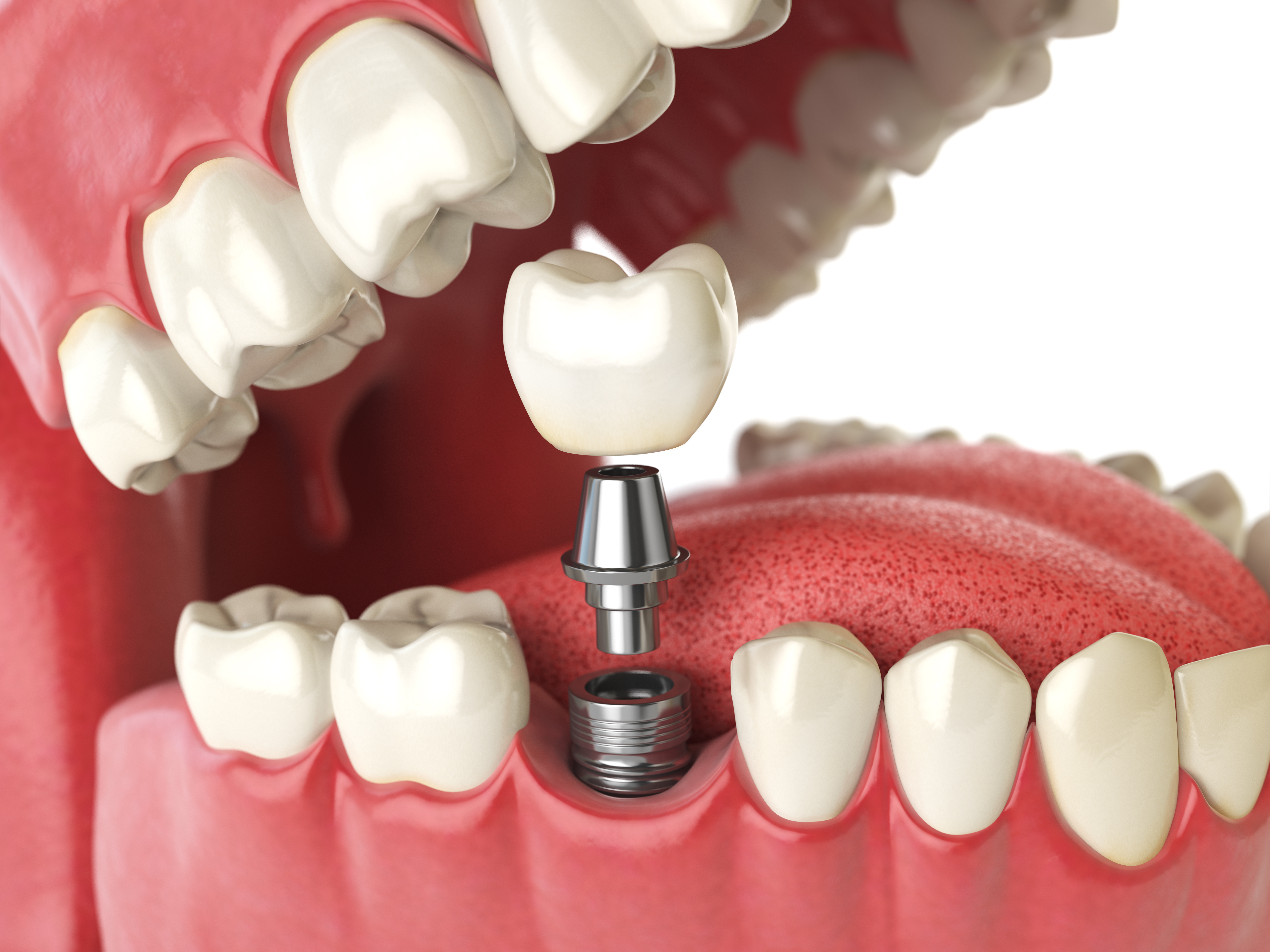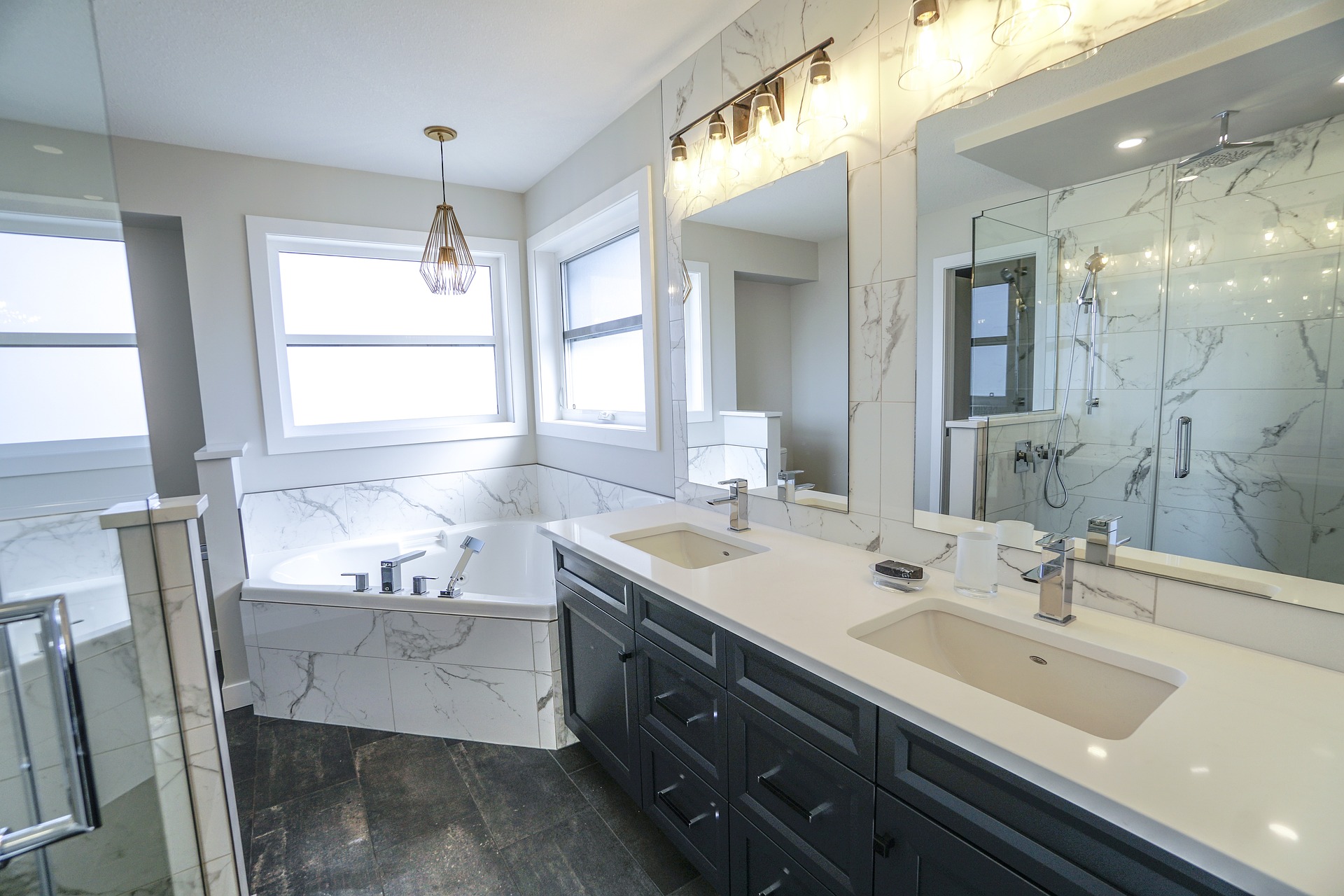Screwless Dental Implants: Revolutionizing Tooth Replacement Technology
Dental implants have undergone significant technological advancements in recent years, with screwless implants emerging as an innovative solution for tooth replacement. Unlike traditional dental implants that rely on screws to secure prosthetic teeth, screwless systems use alternative attachment methods that offer unique advantages. These modern implants provide aesthetically pleasing results while potentially reducing complications associated with conventional screw-retained systems. For individuals seeking dental restoration options, understanding how these advanced implants function can help inform decisions about the most appropriate tooth replacement solution.

Understanding Screwless Dental Implant Technology
Screwless dental implants represent a significant advancement in implantology, utilizing innovative connection mechanisms rather than traditional screws. The technology typically involves friction-fit or snap-on systems that secure the prosthetic tooth to the implant base. Most screwless implants still require a titanium post surgically placed into the jawbone, but the method of attaching the crown differs substantially. Some systems use precision-milled components that create a secure locking mechanism, while others employ specialized adhesives or compression fittings. This technology eliminates screw access channels that can compromise the appearance of visible teeth and reduces potential maintenance issues related to screw loosening or breakage that sometimes occur with conventional systems.
The Role of Screwless Implants in Modern Dental Restoration
Screwless implant systems have transformed the approach to dental restoration by addressing several limitations of traditional screw-retained implants. Dental professionals can now achieve more predictable aesthetic outcomes, especially in the anterior (front) teeth region where appearance is paramount. The absence of screw access holes means crowns can be designed with more natural contours and translucency. Additionally, stress distribution throughout the implant system often improves with screwless designs, potentially extending the longevity of the restoration. These advancements make screwless implants particularly valuable for patients with high aesthetic expectations or those who have experienced complications with conventional implant systems previously.
How Screwless Implants Enhance Natural Appearance
One of the most compelling advantages of screwless dental implants is their ability to create exceptionally natural-looking results. Without screw access channels interrupting the crown surface, dental ceramists can create prosthetic teeth with uncompromised aesthetics. The entire visible surface can be crafted from high-quality ceramic materials that mimic the translucency, color variations, and light-reflecting properties of natural teeth. This is especially important for front teeth, where even minor imperfections can be noticeable. Screwless systems also allow for more precise emergence profiles—the way the crown emerges from the gumline—creating a seamless transition that closely resembles natural dentition. Many patients report higher satisfaction with the appearance of screwless implants compared to traditional screw-retained options.
Comprehensive Benefits Beyond Aesthetics
While aesthetic improvements are significant, screwless implants offer several functional and practical advantages as well. The absence of screw access channels creates a solid, uninterrupted chewing surface that may improve durability in some cases. Maintenance becomes simpler as there are no screws to loosen over time—a common complication with traditional implants that can lead to bacterial infiltration or restoration failure. Many screwless systems also facilitate easier removal of the prosthetic component when necessary for cleaning or replacement, without damaging the underlying implant structure. For patients with limited mouth opening or those receiving implants in hard-to-reach areas, the elimination of screw access requirements simplifies the restoration process significantly.
Clinical Considerations and Patient Selection
Not every dental patient is an ideal candidate for screwless implant systems. Factors such as bite force, available bone volume, and specific anatomical considerations influence suitability. Patients with severe bruxism (teeth grinding) may generate forces that compromise certain screwless attachment mechanisms. Similarly, cases requiring angulated implants to navigate around anatomical structures might benefit more from traditional screw-retained options. Dental professionals typically evaluate these factors during comprehensive treatment planning. The decision between screwless and screw-retained implants should involve discussion of both short and long-term considerations, including potential maintenance needs, replacement protocols, and how each system might perform given the patient’s specific oral condition.
Cost Considerations and Provider Options for Screwless Implants
Screwless dental implant systems typically represent a premium option in implant dentistry, with costs reflecting their advanced technology and aesthetic advantages. The investment varies based on specific systems, geographical location, and provider expertise. Single-tooth screwless implant restorations generally range from $3,000 to $5,000, while full-arch solutions using this technology may cost between $25,000 and $40,000 per arch.
| Screwless Implant System | Provider/Manufacturer | Approximate Cost Range (Single Tooth) | Key Features |
|---|---|---|---|
| Straumann BLX | Straumann | $4,000 - $5,500 | Fully tapered implant with TorcFit connection |
| Nobel Pearl | Nobel Biocare | $3,800 - $5,200 | Metal-free ceramic implant system |
| Ankylos | Dentsply Sirona | $3,500 - $4,800 | TissueCare connection concept |
| DIO UF(II) | DIO Implant | $2,800 - $4,000 | Ultra-wide fixture design |
| MIS V3 | MIS Implants | $3,000 - $4,200 | Triangular neck design |
Prices, rates, or cost estimates mentioned in this article are based on the latest available information but may change over time. Independent research is advised before making financial decisions.
The Future of Screwless Implant Technology
Ongoing research and development in screwless implant technology continues to yield promising improvements. Current innovations focus on enhancing connection stability, simplifying clinical protocols, and incorporating digital workflows for greater precision. Some manufacturers are exploring biomimetic materials that better replicate natural tooth properties, while others are refining attachment mechanisms to improve long-term reliability. As 3D printing and CAD/CAM technologies advance, customization capabilities for screwless implant components are expanding, potentially offering even more precise fits and improved outcomes. The direction of this technology suggests continued improvement in both aesthetic results and functional performance, making screwless implants an increasingly attractive option for patients seeking the most natural-looking tooth replacement solutions.
This article is for informational purposes only and should not be considered medical advice. Please consult a qualified healthcare professional for personalized guidance and treatment.




